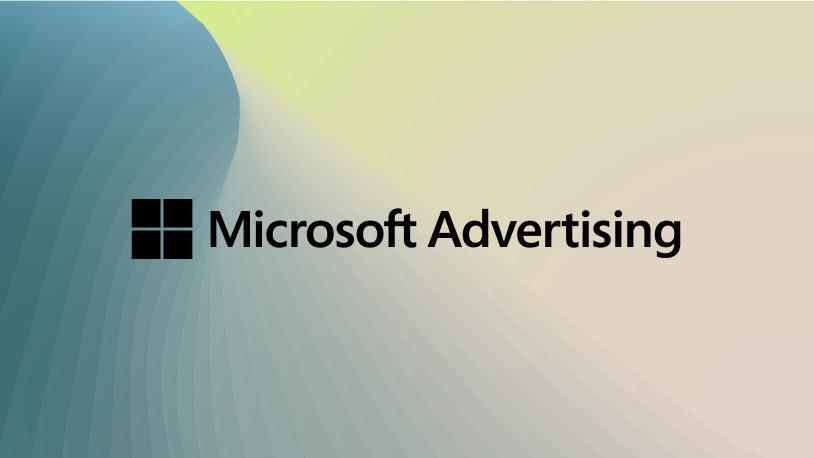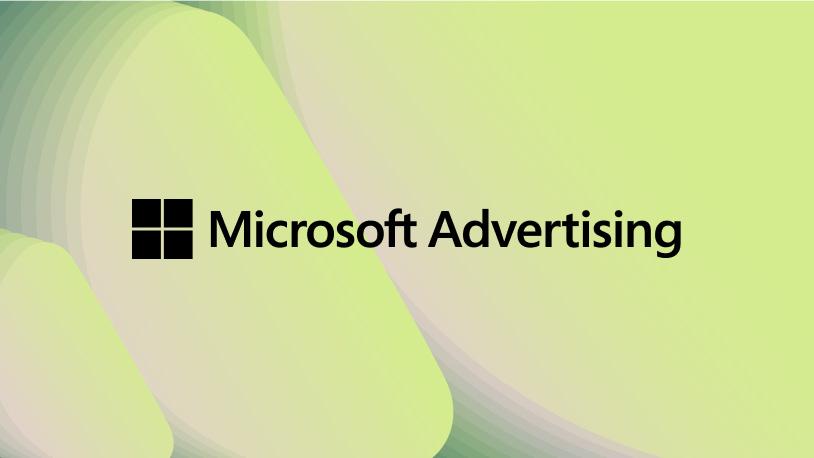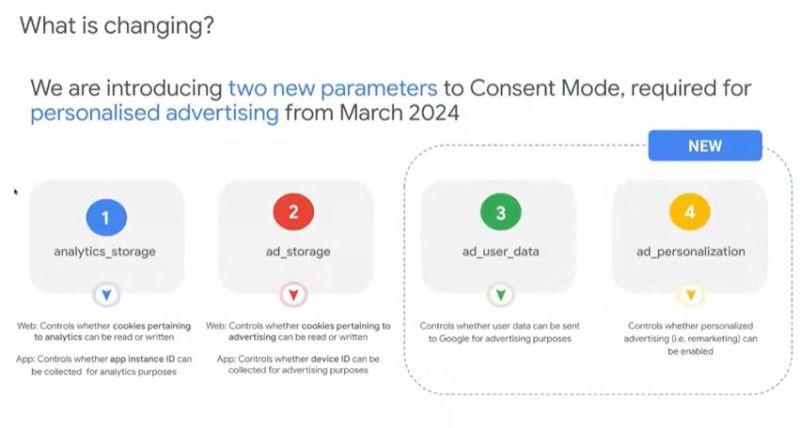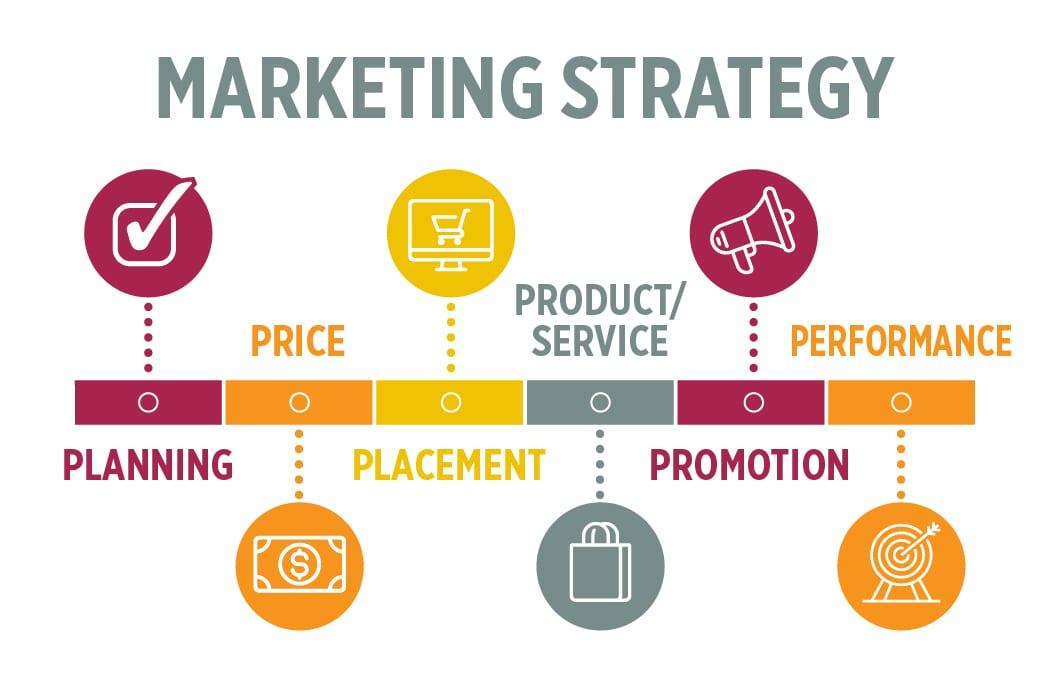



In the ever-evolving landscape of digital marketing, the interplay between technology, user privacy, and compliance has become increasingly prominent. As businesses strive to connect with their audiences while adhering to stringent regulations, the importance of consent cannot be overstated. Microsoft Advertising is poised to take a important step forward in this realm with the announcement that it will begin enforcing Consent Mode starting in May. This pivotal change aims to empower advertisers to collect valuable insights while respecting user preferences, creating a balanced ecosystem where ethical practices meet effective marketing strategies.In this article, we will explore what Consent Mode entails, its implications for advertisers, and how this move aligns with broader trends in data privacy and consumer protection in the digital age.
In an era where user privacy is paramount, Microsoft Advertising is stepping up its game with the introduction of consent Mode. This innovative feature will empower advertisers to stay compliant with evolving data protection laws while still optimizing their advertising strategies. By leveraging Consent Mode, businesses can now adjust their tracking and reporting mechanisms based on the consent status of their users, ensuring that data utilization aligns with consumer preferences. The implementation aims to balance effective advertising with the necessary respect for user privacy.
Understanding how Consent Mode functions is crucial for advertisers looking to navigate this change smoothly. The mode primarily operates on two fronts: it collects data when users consent, and it adjusts tracking protocols when consent is lacking. Key components of this implementation include:
By equipping marketers with these tools, Microsoft Advertising aims to create a more user-friendly ecosystem that respects privacy while delivering valuable insights that enhance campaign performance.

The implementation of Consent Mode marks a significant shift in the way advertisers engage with data-driven strategies. By altering how user interactions are tracked based on their consent preferences, businesses are required to navigate a complex landscape where ad performance metrics can vary widely. Rather than receiving extensive data, advertisers might encounter a new set of variables influenced by user consent decisions, impacting the accuracy of their reporting and optimization efforts. Key metrics that will see changes include:
Moreover, advertisers may need to adopt option approaches to understand their audience’s behavior.the reliance on user consent may lead to shifts in data analysis practices, prompting the adoption of enhanced modeling techniques to estimate outcomes. As a result, the advertising ecosystem is poised to evolve, necessitating careful evaluation of campaign performance metrics amidst these newfound constraints. The balance between compliance and effective advertising will hinge on innovative adaptations, including:

As advertisers prepare for the upcoming changes in consent management, it’s essential to embrace proactive strategies that enhance compliance while maintaining effective advertising campaigns. Begin by clearly communicating your data collection practices to users, ensuring they understand how their data will be used and the benefits of sharing it. Implement user-friendly consent banners that make opting in simple and transparent. Additionally, consider leveraging tools and technologies that can help streamline consent processes, as well as ensure that user preferences are respected across all digital touchpoints.
Moreover, it’s paramount to focus on optimizing your marketing efforts in a privacy-friendly manner. This includes:
By prioritizing compliance and user experience, advertisers can not only navigate these changes effectively but also foster trust and build long-lasting relationships with their audience.

As we navigate the evolving landscape of digital marketing, integrating compliance into your strategy is paramount. With the enforcement of Consent Mode by Microsoft advertising, businesses must adapt to ensure their marketing efforts are both effective and respectful of user privacy. Key steps to consider include:
In addition to compliance, optimizing your marketing strategy under these new regulations is crucial for maintaining performance. By prioritizing a data-driven approach, brands can still glean actionable insights while respecting user choices. Consider the following optimization strategies:
As we approach May, the landscape of digital advertising is poised for a significant conversion with Microsoft’s enforcement of consent Mode. This pivotal shift emphasizes the importance of user consent and transparency in online interactions, ultimately positioning both businesses and consumers for a more accountable online habitat. As advertisers prepare to navigate these changes, it’s essential to stay informed and adaptable, ensuring compliance while still driving impactful campaigns. By embracing these new guidelines, companies not only align themselves with ethical practices but also build trust with their audiences. The road ahead may involve challenges, but with careful preparation and a commitment to consent, advertisers can pave the way for a more responsible digital future. As we move into this new era, let us remember: informed choices benefit everyone.